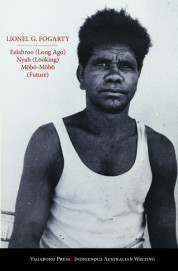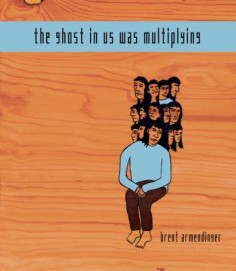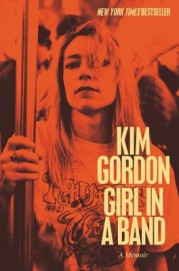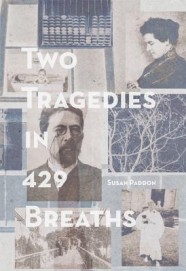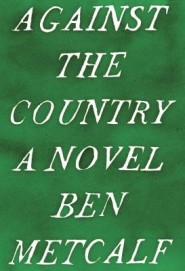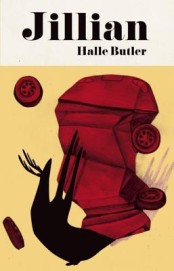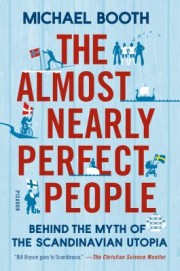 Michael Booth
Michael Booth
Picador ($ 26)
by Poul Houe
The author of this book is a Brit residing in Denmark and married to a native Dane. A tightrope-walking journalistic juggler, suspended between his title’s reluctant admiration of the Nordic countries and his subtitle’s pseudo-objective delight in debunking their virtues, he labors with some success to keep his balance and do justice to both sides.
Booth is fascinated by the record-setting happiness the world so obsesses about in modern Scandinavia. He finds much of the alleged bliss inconsistent with the reality on the ground he has come to know, chiefly from living in Denmark and touring the other Nordic countries. An urge to drive a critical wedge—and to build a bridge of understanding—between these conflicting perceptions propels his book and accounts for much of its idiosyncratic zeal and entertaining wit.
So, how does such a progressive and egalitarian part of the world, blessed with social trust, free education, and universal health care, function in populations short of social intelligence and politeness? How does national happiness square with a dismal climate and sky-high taxes? How can social mores informed by ethnic homogeneity be considered inclusive without successfully accommodating ethnic newcomers? Booth is puzzled and dead set on decoding the enigma.
His journey through the maze of contradictions and ambiguities starts in his adopted Denmark, the happiest of nations. He detects the source of its happiness in the social communion that has arisen around Denmark’s incessant historical loss of power. An equally shared experience, it yielded the social trust from which the Danish welfare state emerged.
Secular Lutheran with a vengeance, Denmark has managed to sustain this costly design; but the inclusiveness has come at the price of vindictive social controls like the so-called Jante law, hidden by a facade of hygge, or coziness. The accretion of denial and complacency shows in prohibitive taxes, decreasing equality, schools promoting social cohesion by tilting towards lowest common denominators, and welfare recipients exploiting the system’s vulnerability.
A contrarian liberal, Booth is not advocating “the rampantly individualistic, child-of-Thatcher, ‘greed is good’ atmosphere prevalent in Britain” during his childhood. But he routinely challenges the Danish model with such alternatives, which—interestingly—were to materialize in a remote part of Scandinavia itself.
Of Iceland, he notes that its millennium-old offspring of West Norwegian escapees makes it Scandinavian at its roots. Yet its remoteness and puny-sized population, combined with Booth’s ephemeral knowledge of its history, warrant but a cursory story of modern day Icelanders and how their Scandinavian ways fell prey to neo-liberal capitalism at its worst. As its famed Blue Lagoon turns out to be a power plant’s wastewater, Iceland itself emerges from Booth’s account as an incestuous mini-nation of boozing elves leaping wildly from rags to riches and back again.
Contrast that, as the next and longer chapter does, with Norway, the Icelanders’ land of origin, which has also traveled from poverty to wealth in recent memory. The difference is obviously that its fortune (of enormous oil resources) has not been squandered. Still, as a land of nature, rather than culture, with periphery at center stage, the contrast is not complete. Norway’s “lottery rollover,” according to Booth, has excreted an oily psyche, a mix of spoiling laziness and low-grade racism.
The admittedly most favored nation in Booth’s rollout follows next: Finland. In one sense the most Scandinavian of all, in another not Scandinavian in the least, its understated no nonsense culture and population of unsophisticated, quiet loners appeal to the author, who barely winces when he notes a Finnish core of male alcoholic aggression and contempt for effeminate Swedes.
Yet while Finns may be better technicians than marketers, their deftness in foreign affairs and superior education domestically—all schoolteachers hold masters degrees—speak loudly of a taciturn nation of “rare, stoic heroism.” With its future ahead of it, Finland is part of Scandinavia and Europe at large, as the case may be, as one of Booth’s local witnesses testifies.
Finally, at book’s end there is Sweden. Its social policies have been spectacular, yet problems continue to pop up. The conflict shy Swedes are duktiga, or clever in a verbally reticent way, and they value consensus, the lagom: neither too much, nor too little. Compassion is in evidence but often seems bordering on indifference, if not rudeness.
Many find this social democratic modernity conformist and introvert, and Booth deems it at least benignly totalitarian and explains it with reference to Sweden’s dubious neutrality during World War II. Today’s multicultural political correctness is fit to divert attention from a record of shameful pro-German sentiments (and devotion to racial biology).
Some of these propositions are problematic, which Booth seems to realize as he spends his final pages on resetting the balance he initially set out to strike between fair admiration and well-pointed criticism of the Scandinavian way of life. For all its shortcomings, this region is “still the enviably rich, peaceful, harmonious, and progressive place it has long been,” and its exceptionalism is “a standard of education [that] is not only the best in the world, but the opportunities it presents are available to all, free of charge.”
Even Scandinavia’s controversial multiculturalism and immigration policies are now declared likely role models. Indeed, the restrictive Danish variant, blasted by Booth initially, is ultimately projected a winner—“I would argue that Denmark seems to be leading the way toward a properly integrated, multiethnic Nordic society”; as “the Danes have been confronted more directly with the challenges of integration . . . they have also made more progress.”
Why this partial retraction of earlier critical points? Weren’t they thought-provoking and deserving to stand uncompromised? And if an argument was overstated, as it sometimes was, ought the correction not to be made on location? Instead, Booth typically resorts to opening a polemic with self-deprecating humor. Or so it seems; what looks so disarming at first glance too often proves predictably self-serving on closer inspection.
A passionate outsider on the Scandinavian scene, Booth observes much that seems less visible to insiders but also misses much they would have noted. His disparagement of Swedish neutrality during World War II is but one case in point. He arrests the German leanings but not the safe haven provided for many Jews at mortal risk in Hitler’s Europe. He has pithy formulations about Sweden as a more technical than cultural society and rightly suggests a conflict between modern Sweden and the homegrown roots of its modernity. But he often lets personal, or British, biases—coyly articulated old world gender views, say—stand in the way of his critical pursuits. And many heavyweight authorities that could have helped restore his balance are conspicuous by their absence. He does cite a number of socio-cultural informants, but besides being quite few, they are disproportionately naturalized foreigners or expatriated nationals with perspectives akin to his, and with a knowledge that is similarly slanted or tenuously grounded.
This book is neither a scholarly dissertation nor a journalistic polemic. It’s an in between, executed with colloquial precision and general eloquence. Neither its share of factual errors and misconstructions, nor its occasional loss of balance on the tightrope between analysis and judgment, should discourage readers from dissecting its results.


